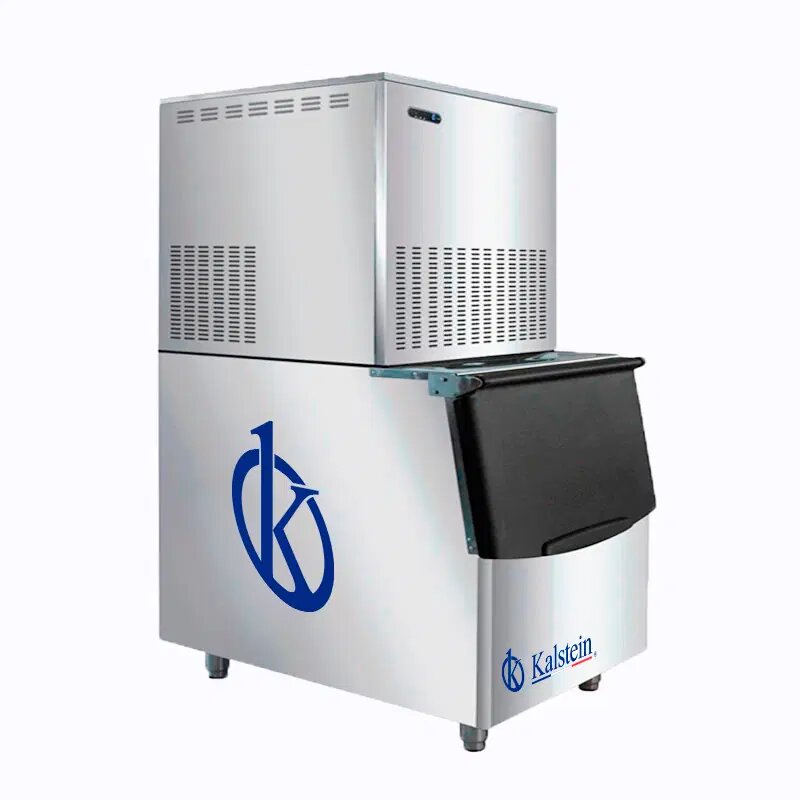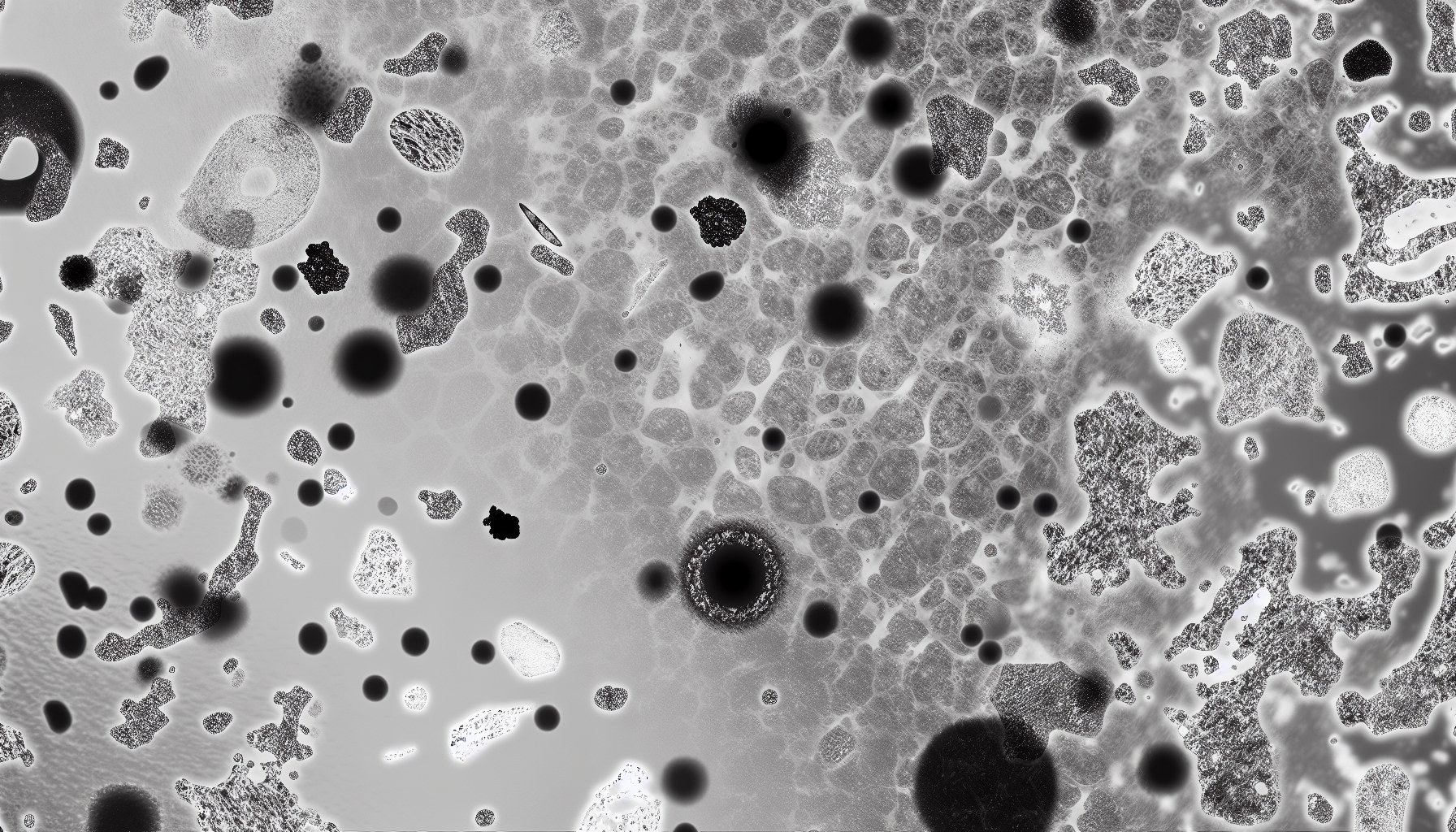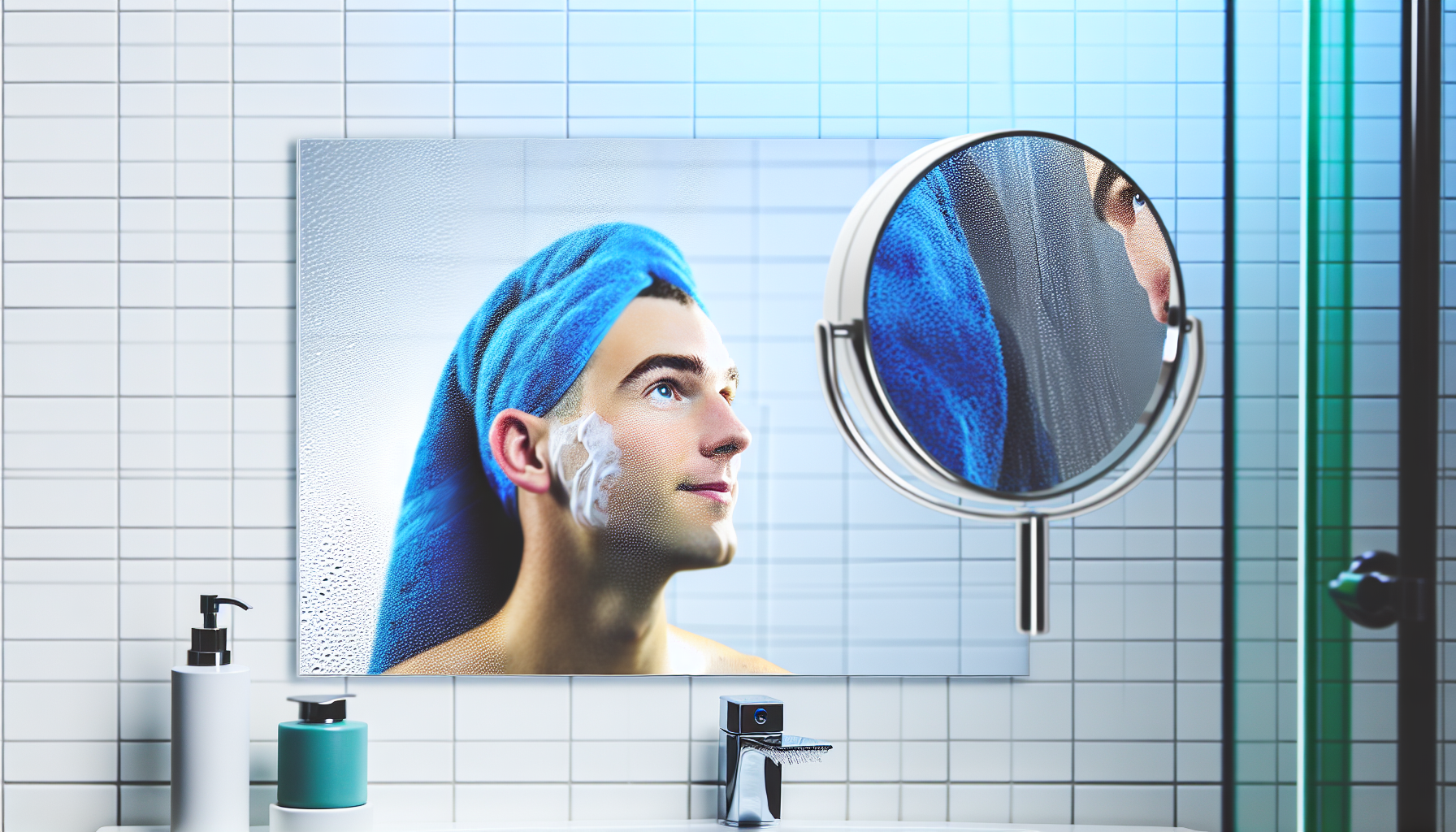Today, modern laboratories require specialized equipment to ensure quality and efficiency in their processes. A key example is the ice maker, indispensable for multiple scientific, medical, and clinical applications.
In this article, I will focus on exploring the features, advantages, and disadvantages of laboratory ice makers, highlighting their role in these environments, and comparing the model offered by Kalstein with other leading brands in the market.
If you are looking for a fusion of innovation and quality, you’ve come to the right place. At https://kalstein.co.uk/category-product/laboratory-line/ice-maker/, we offer you the luxury of exploring our exclusive catalog of laboratory equipment. We manufacture each piece of equipment with a level of excellence. Our intuitive and agile online purchasing channels are designed for your convenience, ensuring the most friendly prices. Don’t hesitate any longer; we bring science to life, and it’s time to become part of our community. https://kalstein.co.uk/
Ice Maker, Kalstein Brand
Laboratory ice makers are designed to generate ice in different shapes and sizes, from flakes to compact cubes, depending on user needs. These devices are crucial for maintaining controlled temperatures in samples and reagents, as well as preserving sensitive biological and chemical materials. From my experience working in various laboratories, I have seen firsthand the significant difference that a high-quality ice maker can make. Not only does it optimize the use of resources, but it also ensures a controlled environment, which is vital for the reliability of experimental results.
The models available on the market vary in terms of production capacity, energy efficiency, and design, but what matters most is how they adapt to the specific needs of the laboratory. Kalstein offers models that stand out for their durability, speed, and low energy consumption.
Features of the Ice Maker
A laboratory ice maker must meet certain standards to ensure its effectiveness and safety. The main features to consider include:
-
Production Capacity: Depending on the size of the lab and cooling needs, ice makers vary in their capacity to produce ice per hour. They offer optimal capacity for both small laboratories and larger facilities.
-
Type of Ice: Whether flakes, granular, or cubes, the type of ice influences the application. In my experience, flake ice is particularly useful in biomedical laboratories as it allows uniform cooling.
-
Energy Efficiency: The efficiency of modern ice makers has improved considerably. Current models consume less energy, reducing long-term operational costs.
-
Materials and Design: Stainless steel is the standard for these devices due to its corrosion resistance and ease of cleaning, ensuring a long lifespan for the equipment.
-
Ease of Maintenance: A good ice maker should be easy to clean and maintain. They feature self-cleaning systems that make maintenance easier, which is essential to prevent bacterial buildup and ensure the quality of the produced ice.
Why Are Ice Makers Priced This Way?
Laboratory ice makers have a variable price that mainly depends on factors such as production capacity, technology used, and construction materials. Compared to other brands, ice makers may appear more affordable, but this does not compromise their quality. The reason for this price difference lies in the optimization of production costs and the company’s efficient distribution chain.
It is true that premium brands like Fisher Scientific tend to offer products at higher prices, claiming superior performance and durability. However, after comparing these models, I can confidently say that Kalstein offers excellent value for money, providing the same or even better features at a lower cost.
Compare the Ice Maker with Similar Products
When comparing Kalstein’s laboratory ice makers with other leading brands, such as Fisher Scientific and Fiocchetti, several notable differences and similarities emerge. Analyzing the three main competitors, the following can be highlighted:
-
Kalstein: Focused on energy efficiency and economic accessibility. Kalstein’s equipment is built to last, with a solid stainless steel construction and production capacity that rivals more expensive brands. What I like most is its compact design and ease of maintenance, something I consider essential in laboratory environments.
-
Fisher Scientific: This brand is known for its high-end products, but its prices are significantly higher. While its quality is indisputable, many small laboratories cannot justify the investment when more affordable alternatives with similar performance, like those offered by Kalstein, exist. Fisher Scientific excels in production capacity, but operational costs are higher due to greater energy consumption.
-
Fiocchetti: Like Fisher Scientific, this brand focuses on high-performance equipment, but its specialization is in medical applications. At the laboratory level, Fiocchetti’s ice makers are efficient, although they tend to be bulkier and harder to maintain than Kalstein’s. Additionally, the cost-efficiency ratio is not as favorable in comparison.
In summary, Kalstein offers a robust and competitive solution. The price difference with its competitors does not compromise quality, and in many cases, it surpasses in energy efficiency and ease of use.
Pros and Cons of Ice Makers
|
Pros |
Cons |
|
High energy efficiency, reducing long-term operational costs |
Some models may not have the same production capacity as more expensive brands |
|
Easy maintenance and cleaning, with self-cleaning systems included |
Some users prefer internationally renowned brands |
|
Affordable price, ideal for laboratories with limited budgets |
Less brand prestige in highly specialized markets |
|
Compact design, occupying less space in the laboratory |
Limited availability in some international markets |
|
Made with durable materials like stainless steel |
|
|
Fast production of flake, cube, or granular ice |
|
|
Excellent technical support and extended warranty |
|
|
Low noise level during operation |
Advantages of These Ice Makers
One of the most important advantages of ice makers is their energy efficiency. In laboratories where equipment often operates continuously, having an ice maker that consumes less energy is a great benefit in the long term. Additionally, their ease of maintenance and automatic cleaning ensures that the equipment is always in optimal condition, not only extending its lifespan but also reducing the need for frequent technical interventions.
Another relevant aspect is the fast production of ice in various formats, making it extremely versatile for different scientific applications. From the preservation of biological samples to the cooling of reagents, the ice produced by these devices meets the highest quality standards.
Other Benefits of These Ice Makers
In addition to the mentioned features, ice makers offer an excellent price-to-quality ratio, making them an attractive option for laboratories of all sizes. Another noteworthy benefit is the low noise level during operation, which is crucial in work environments where silence is required for concentration and precision in results.
In terms of technical support, Kalstein provides excellent after-sales service, with a team always available to resolve any issues or doubts that may arise during equipment use. This ensures that users can count on reliable backup in case maintenance or technical advice is needed.
Reviews on Ice Makers
User reviews of Kalstein laboratory ice makers are mostly positive. The most repeated comments refer to the durability of the equipment and its low operating cost. In specialized forums and online reviews, users highlight that this ice maker has significantly improved cooling processes in their laboratories, reducing wait times and ensuring thermal stability of samples.
A particularly mentioned aspect is the ease of use. Being intuitive and easy to configure, any member of the laboratory can operate it without complications. Additionally, the inclusion of self-cleaning systems has been highlighted by those who prefer to minimize manual maintenance.
Frequently Asked Questions About Ice Makers
What is the daily production capacity of these ice makers?
Laboratory ice makers can produce up to 100 kg of ice per day, depending on the model and the laboratory’s needs. This is more than enough for most small and medium-sized laboratories.
What type of ice do these machines produce?
Kalstein offers models that can produce flake, granular, or cube ice, depending on the chosen model. Each type of ice has specific applications in the laboratory, with flake ice being especially useful for cooling samples and reagents.
Are ice makers energy efficient?
Yes, one of the main benefits of ice makers is their high energy efficiency. They are designed to consume less energy compared to other models on the market, reducing long-term operational costs.
What materials are used in the manufacture of these machines?
Ice makers are primarily constructed from high-quality stainless steel, ensuring durability and corrosion resistance. This ensures that the equipment has a long service life and is easy to clean and maintain.
Are these ice makers easy to maintain and clean?
Absolutely. Kalstein models feature self-cleaning systems, which significantly reduce the time and effort required for maintenance. This is essential to ensure that the produced ice is of the highest quality, without risk of contamination.
Does Kalstein offer technical support for these machines?
Yes, Kalstein provides excellent technical support. They have a team of experts available to provide assistance in case of technical issues or to perform preventive maintenance on the equipment.
Conclusions on These Ice Makers
After thoroughly analyzing laboratory ice makers, I can conclude that they are an outstanding option for any laboratory that needs a constant supply of high-quality ice. Not only do they stand out for their energy efficiency and easy maintenance, but they also offer a compact design that optimizes the available laboratory space.
Compared to other brands such as Fisher Scientific and Fiocchetti, Kalstein ice makers offer the perfect balance between quality, price, and performance. While competitor models may offer some additional features, such as higher production capacity in some cases, Kalstein’s value for money is hard to beat.
In summary, if you are looking for reliable, efficient equipment with exceptional technical support, laboratory ice makers are a smart investment that will improve the efficiency of your laboratory, ensuring optimal results in every scientific application.




